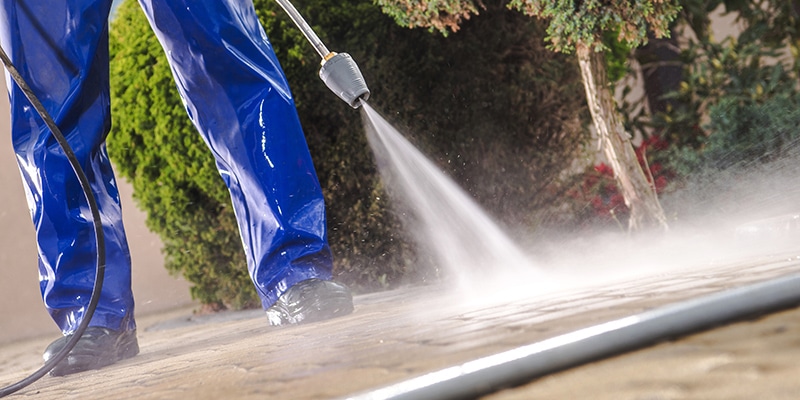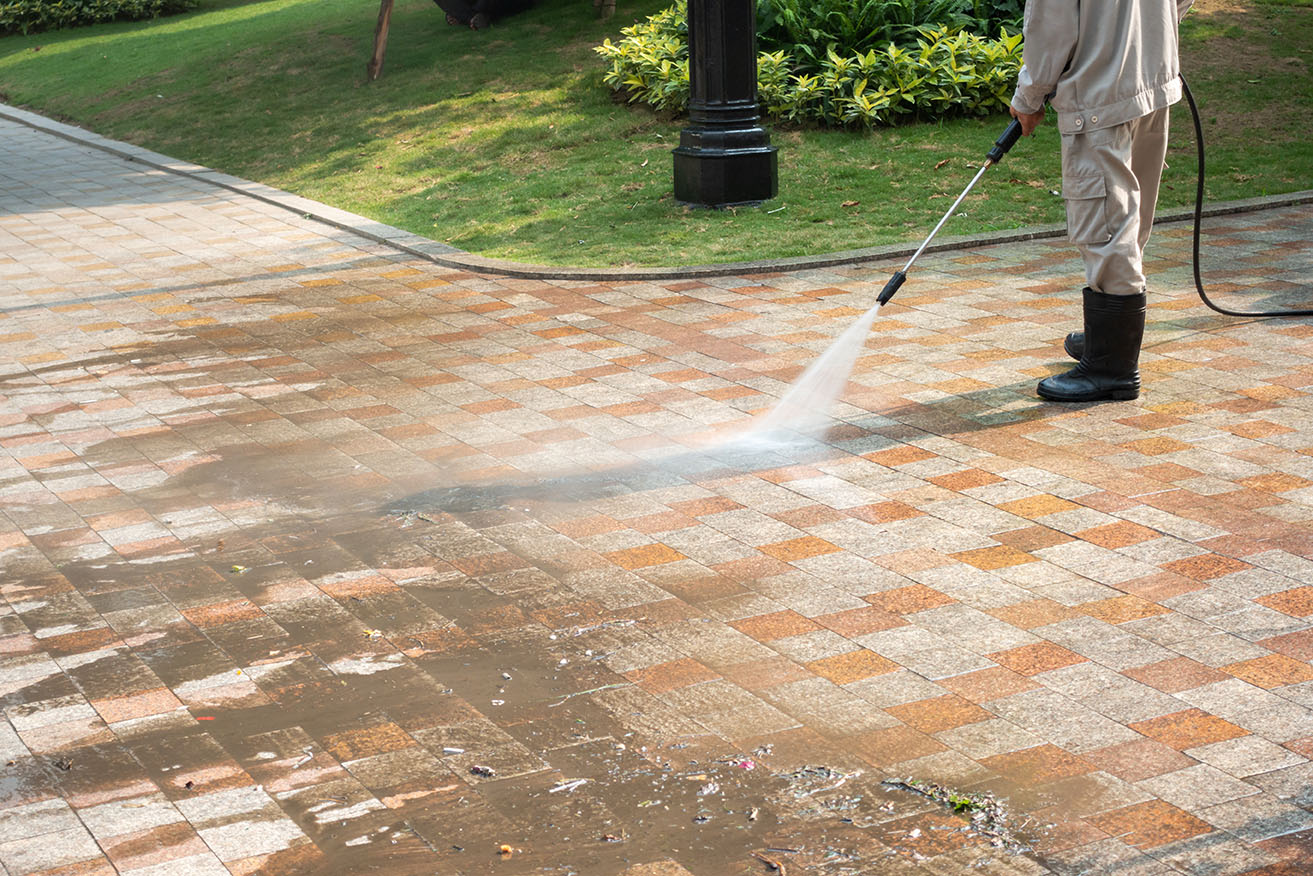Explore Comprehensive Cleaning Plans Used by Pressure Washing Lockhart Experts
Explore Comprehensive Cleaning Plans Used by Pressure Washing Lockhart Experts
Blog Article
Revitalize Your Home: The Ultimate Guide to Pressure Laundering
Stress cleaning is a very useful device for house owners aiming to bring back the aesthetic allure and long life of their buildings. Recognizing the subtleties of pressure scores, devices selection, and effective cleansing strategies can substantially boost the outside of your home. The procedure is not without its challenges; inappropriate techniques can lead to damage rather than rejuvenation. To browse these intricacies and achieve optimal outcomes, it is vital to check out the essential aspects of stress washing, including functional advice on dealing with usual spots and ensuring safety throughout the procedure. What complies with might transform your strategy to home maintenance.
Recognizing Pressure Laundering
Stress washing is an effective cleansing method that uses high-pressure water spray to eliminate dust, crud, mold, and other pollutants from numerous surfaces. This technique is especially reliable on hard surfaces like driveways, walkways, decks, and siding, where traditional cleaning methods may fall short. By employing specialized equipment that generates high-pressure streams of water, pressure cleaning can pass through deeply right into surface areas, properly displacing and removing persistent debris.
The process is not only efficient but additionally eco pleasant, as it usually counts only on water, lowering the requirement for extreme chemical cleaners. Additionally, pressure cleaning can improve the aesthetic appeal of homes, preserving their value and lengthening the life-span of surfaces by avoiding wear and tear triggered by contaminants.

Selecting the Right Tools
Selecting the ideal devices is essential for attaining optimal cause stress washing. The very first choice involves selecting in between electric and gas stress washing machines. Electric designs are usually lighter, quieter, and suitable for household tasks like cleaning up automobiles or patios. Gas systems, on the various other hand, offer greater stress and circulation rates, making them suitable for larger tasks such as cleansing driveways or exterior siding.
Next, consider the pressure ranking, gauged in pounds per square inch (PSI) For light-duty tasks, a stress washing machine with 1,300 to 1,600 PSI suffices, while medium-duty jobs generally need 1,600 to 2,500 PSI. Sturdy jobs might demand equipments exceeding 2,500 PSI.
Additionally, the flow price, determined in gallons per min (GPM), affects cleansing performance (Pressure Washing Lockhart). A greater GPM permits quicker cleansing yet might need a lot more powerful devices
Methods for Efficient Cleaning Up

The method of overlapping strokes is important for even protection. Begin with the top and work your means down, guaranteeing that each pass slightly overlaps the previous one. This protects against streaking and makes certain a complete clean. Furthermore, maintaining a constant range from the surface, generally 12 to 18 inches, enables efficient application without causing injury.
Utilizing the proper nozzle is likewise necessary. A wide-angle nozzle is excellent for larger areas, while a narrow nozzle can target persistent dirt or gunk. Using a sweeping motion rather than a stationary spray helps to avoid concentrated locations of stress, which can lead to surface area damages.

Tackling Common Stains
When it comes to preserving the appearance of outdoor surfaces, dealing with common stains effectively is essential for prolonging their lifespan and enhancing aesthetic allure. Numerous surface areas, including wood, vinyl, and concrete, can collect discolorations from natural products, oils, and ecological contaminants, requiring a targeted method.
For oil stains, a mix of degreasers and stress cleaning can produce exceptional outcomes. Use the degreaser to the discolored area, allowing it to pass through prior to utilizing a pressure washer to remove the deposit. Organic spots, such as mildew or algae, typically require a solution containing bleach or a committed mold and mildew remover, followed by stress cleaning to restore the surface area's original appearance.
Rust stains, commonly located on steel surface areas, may require specific corrosion cleaners. Use the product and scrub the location before stress cleaning to get rid of any kind of remaining staining. It's essential to examine any type of cleansing service on a tiny, inconspicuous location first to prevent damages.
Safety Tips and Finest Practices
Ensuring security while stress cleaning is vital, as the high-pressure water can posture considerable dangers otherwise dealt with properly. To shield yourself and others, always put on appropriate personal protective tools (PPE), consisting of safety goggles, gloves, and strong shoes. This gear will protect you from flying particles and the possibility for injury.
Before starting, check the stress washing machine for any kind of leaks or damaged parts. Acquaint on your own with the tools's guidebook to understand its operation and security functions. In addition, ensure the area you are operating in is totally free of challenges which any kind of electric links are safe from water exposure.
When operating the pressure washing machine, keep a secure range from surface areas and stay you could try here clear of intending the nozzle at individuals, pets, or fragile objects. Make use of the correct nozzle for the task, as various nozzles produce differing spray patterns and stress degrees. Last but not least, bear in mind your environments: safe and secure loosened products, look for electrical lines, and prevent working in wet conditions that might bring about falls or slips.
Conclusion
Finally, stress cleaning functions as an important tool for homeowners looking for to boost home aesthetic appeals and durability. By understanding the details of devices choice, effective cleansing methods, and common tarnish removal, the potential for renewing one's home ends up being apparent. In addition, adherence to safety and security procedures ensures a efficient and safe and secure cleaning process. Eventually, the knowledge gotten from you could check here this overview equips home owners with the needed skills to keep and raise their home's appeal and worth successfully.
Pressure cleaning is an effective cleaning technique that makes use of high-pressure water spray to remove dirt, gunk, mold and mildew, and various other contaminants from different surface areas. By using specialized devices that creates high-pressure streams of water, pressure cleaning can penetrate deeply into surfaces, successfully displacing and washing away stubborn debris.
However, it is necessary to recognize that stress cleaning calls for a certain level of skill and knowledge to avoid harmful surfaces. Softer materials like wood or painted surfaces require a lower pressure setting to avoid damage, whereas concrete or brick surfaces can withstand higher stress degrees.
Organic discolorations, such as mold or algae, often require a solution containing bleach or a dedicated mold remover, adhered to by stress cleaning to bring back the surface's original look. - Pressure Washing Lockhart
Report this page